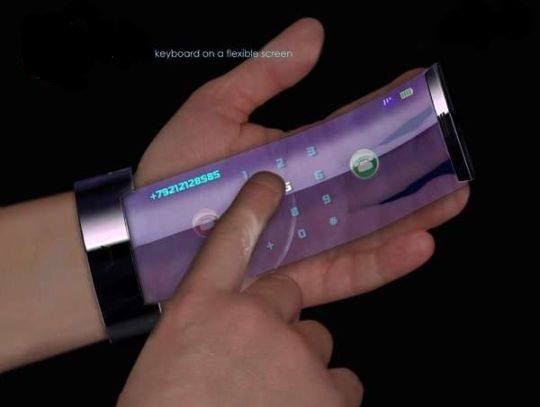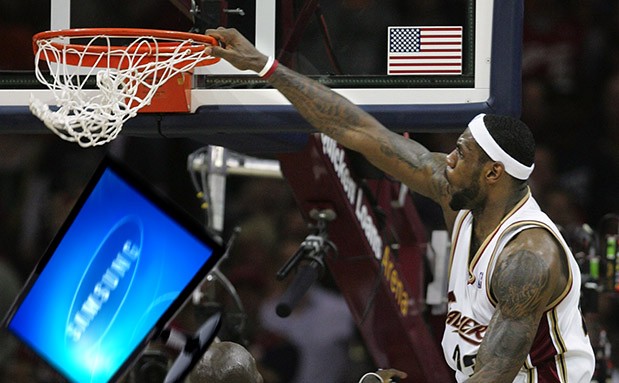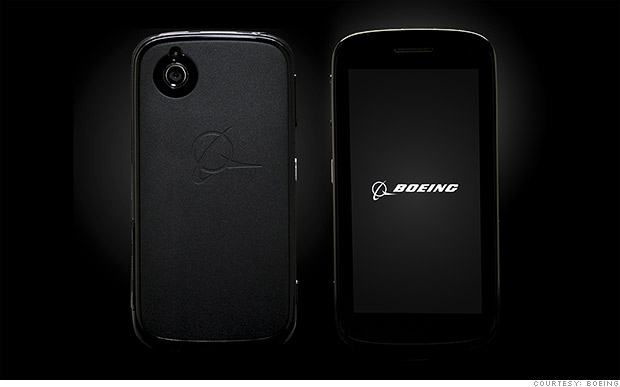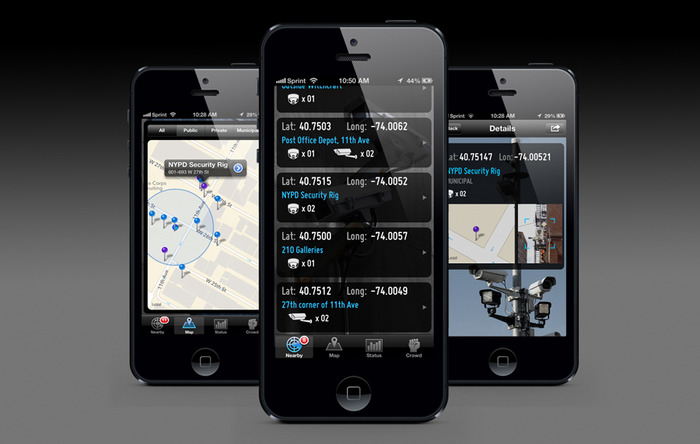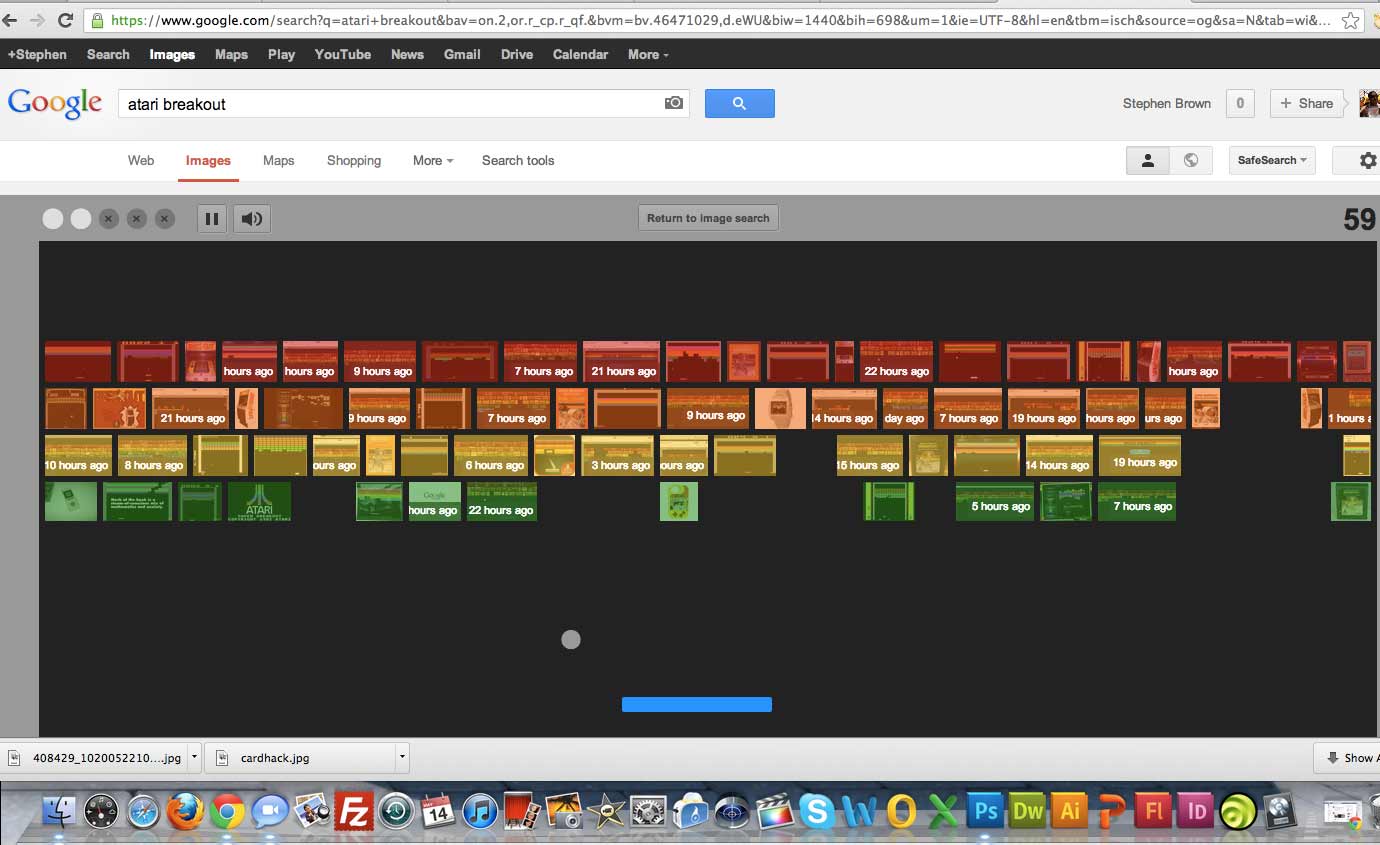Finally My Official Blackberry 10 Review
With only a couple weeks to go until the launch of its next-generation BlackBerry phones, Research In Motion is finally starting to take the wrappers off its make-it-or-break-it devices.
On Tuesday, the Waterloo, Ont.-based company announced the release of the final version of its software development kit for the BlackBerry 10 operating system, or the tools that developers will use to create apps for the new devices.
App developers are now cleared to make their final tweaks ahead of the unveiling of the official BB10 phone on Jan. 30.
RIM is also in the midst of a cross-continent road show, with a stop in Toronto on Tuesday, where the finer points of the nearly finished operating system are being demonstrated to journalists.
Whether the new devices will be able to fight off tough competition in the consumer space from Apple and Android is an open question, but they will offer some nice productivity and work features for RIM’s bread-and-butter business users.
The phone shown in the demonstration was the Alpha B, an all-touch-screen pre-production model that has been given out to about 6,000 app developers over the past few months. RIM is planning to officially release a final, as-yet-unnamed version of this phone shortly after the coming-out party at the end of January.
A second phone – which will resemble a Bold, with a physical keyboard and smaller touchscreen – will follow shortly after, with pre-production “Alpha C” models being sent to developers soon, the RIM spokesperson said.
New keyboard
For many BlackBerry users, the keyboard is key – and the main feature that separates the phones from rivals. Indeed, many current holdouts say they still prefer outdated, older BlackBerrys to newer smartphones simply because they hate touchscreens.
With BB10, RIM is attempting to ease some of that disdain with a redesigned touch keyboard that introduces three functions for easier typing.
The first are three silver “frets,” or thick lines that separate the four rows of keys on the QWERTY keyboard. The frets create a sort of psychological barrier between the rows, which makes for better subconscious separation of the keys by the user and therefore fewer spelling mistakes, the spokesperson said.
The keyboard also uses a form of predictive text that anticipates the next word to be typed. If the user types “Hi, how are,” for example, then the word “you” appears over the Y key. If that’s indeed the desired word, the user can then swipe up on the Y and the whole word is automatically input.
You also don’t have to keep hitting the backspace button to delete a word if you make a mistake – that’s accomplished by swiping from right to left on the keyboard. As an extra bonus, you can set three languages and switch between them while typing, with the predictive text working for all of them.
The third addition is a sort of keyboard underlay, or an invisible keyboard under the one seen on the touchscreen. This one learns, then subtly shifts and adapts according to where its user presses. So, if you’re always slightly off in hitting the R key, for example, the invisible keyboard will adjust accordingly.
While these sorts of functions will be better judged over a longer test period, they did seem to work well during the demonstration. Swiping predicted words may take some getting used to, but if the algorithms powering the function work properly, it’s a feature that might speed typing up significantly.
Faster, smoother interface
RIM is also going for a faster and smoother interface with BB10, a fact that is most noticeable by the almost heretical lack of a “home” button. While there is a sort of home screen that houses the standard grid of apps, you move around screens by swiping in from all four edges of the phone, or what the company calls its “Flow” interface.
Swiping down from the top brings up settings, while swiping up takes you to open applications, or “active frames,” of which you can have eight running at once. Swiping from left to right reveals the main messaging “BB Hub,” a grouping of all your email, text messages, LinkedIn notifications, tweets and other communications, while going the other way brings you back to whatever you were doing before.
Again, the lack of a home button may initially seem weird to anyone used to an iPhone or Android device, but the fluid screen motions feel like something you could easily warm to. Indeed, the swipe-heavy interface of the PlayBook, RIM’s tablet, is one of its most enjoyable features.





















